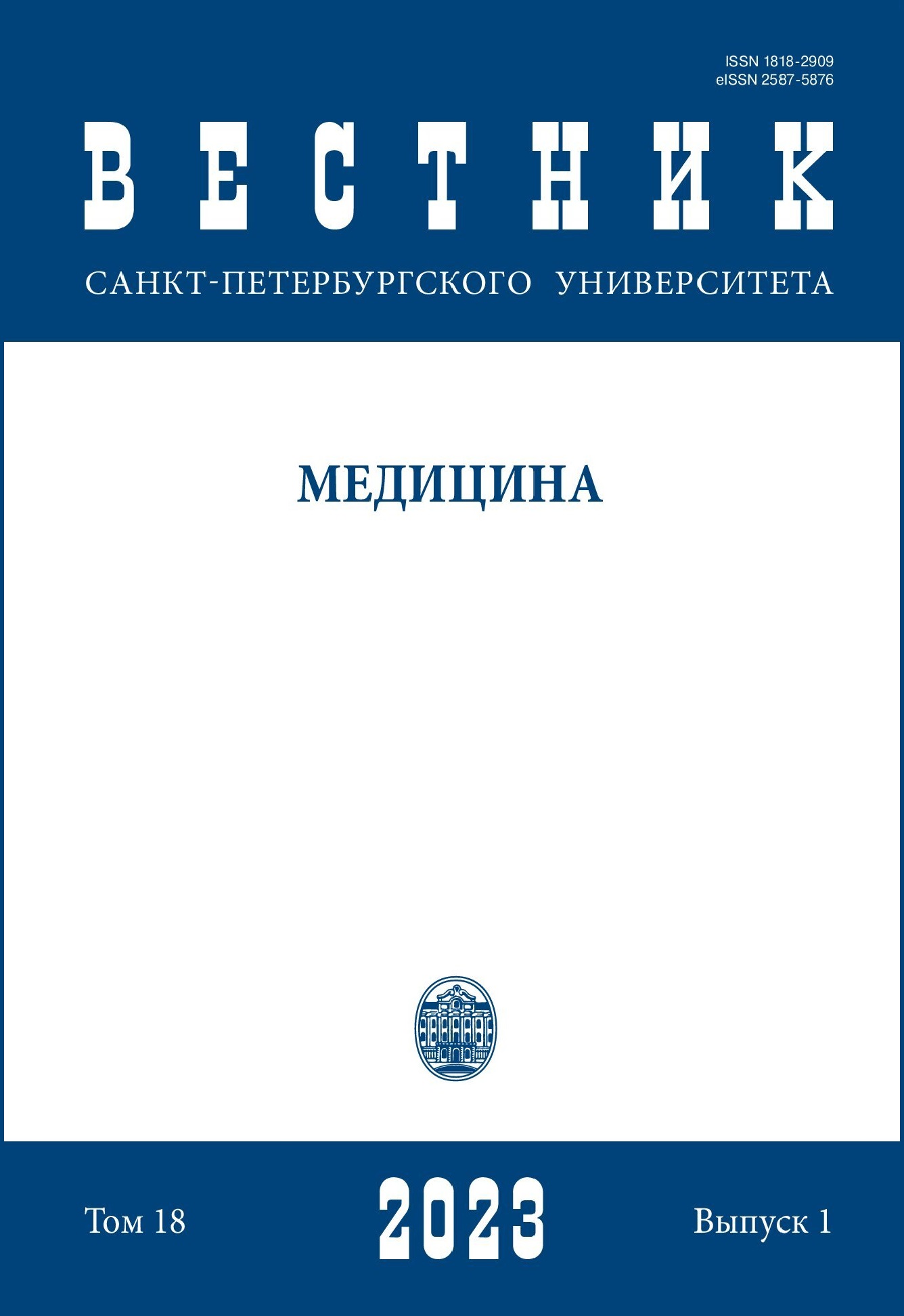Биологически активные компоненты пищи как элемент профилактики коронавирусной инфекции: обзор литературы
DOI:
https://doi.org/10.21638/spbu11.2023.107Аннотация
Иммунные клетки играют жизненно важную роль в защите организма человека от патогенов и вирусов. Негативно отражается на состоянии иммунной системы дефицит ряда нутриентов в рационе питания, что нарушает химические, структурные и регуляторные процессы в организме. Целью статьи является рассмотрение роли различных биологически активных нутриентов и биоактивных веществ в повышении врожденного и адаптивного иммунитета человека для профилактики у населения COVID-19. Методом исследования научных электронных библиотек, библиографических баз статей по медицинским наукам установлено, что такие витамины, как C, D, A и E, минеральные
вещества (цинк, железо, селен), ресвератрол, флавоноиды куркумы, чеснок, зеленый чай, экстракт бузины, биологически активные вещества из водного экстракта листьев полыни способствуют профилактике коронавирусной инфекции или снижению степени тяжести заболевания, обладая иммуномодулирующими, противовоспалительными, антиоксидантными и противовирусными свойствами. В условиях продолжающейся пандемии коронавирусной инфекции рекомендации по включению в рацион питания описанных выше биологически активных веществ могут быть экстраполированы на все население с целью поддержания иммунной системы и резистентности организма к инфекции.
Ключевые слова:
иммунитет, COVID-19, коронавирусная инфекция, биологически активные нутриенты, витамины, минеральные вещества
Скачивания
Библиографические ссылки
References
Загрузки
Опубликован
Как цитировать
Выпуск
Раздел
Лицензия
Статьи журнала «Вестник Санкт-Петербургского университета. Медицина» находятся в открытом доступе и распространяются в соответствии с условиями Лицензионного Договора с Санкт-Петербургским государственным университетом, который бесплатно предоставляет авторам неограниченное распространение и самостоятельное архивирование.




